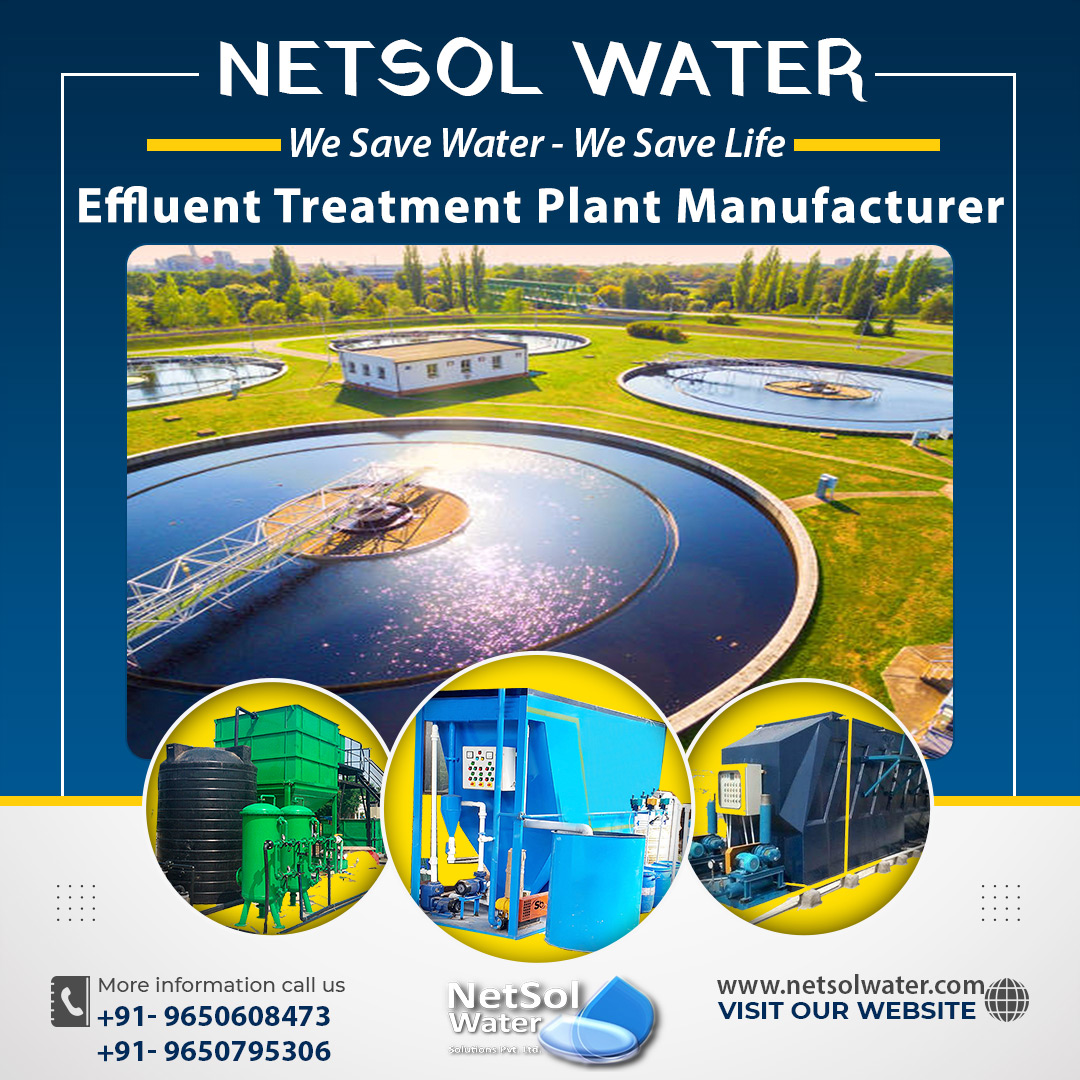Managing and operating an effluent treatment facility
Because of the different health dangers, working at an Effluent Treatment Plant (ETP) or a sewage treatment plant (STP) is a difficult profession. Physical fitness and mental alertness are required by plant managers and operators. They should also cheerfully accept and execute allocated tasks on their own.
While carrying out these obligations, one should never lose sight of the safety of others or of oneself, as they are constantly subjected to loud noises and unpleasant scents. Physical presence is important in this sort of employment, which typically takes place in an unsanitary atmosphere. Because ETP or STP must operate 24 hours a day, 7 days a week, they must work for 8 hours in rotating shifts, frequently without weekends or holidays.
Because ETP workers are exposed to extremely harmful or hazardous chemicals on a regular basis, these chemicals can cause acute poisoning, chemical mishaps (burning, eye injury, etc.), respiratory system damage, allergies, chronic illnesses, or dermatitis, among other things.
It is critical to detect hazards and take the required steps or procedures to reduce the risks associated with ETP operations.
What are the risks associated with the operation and maintenance of an ETP or STP?
1: Slips or falls into pits, ponds, tanks, or clarifiers, injuring or drowning
2: Slips and falls on a slick floor caused by solvents or solutions
3: Suffocation, oxygen shortage, or poisoning which pose a risk
4: Burns caused by hot water, solvents, or powerful acids and bases
5: Electric shock as a result of poor electrical equipment
6: Sharp edges cause cuts and pricks
7: Explosions and fires caused by combustible gases released during the procedure
8: Chemical reactions that are violent as a result of uncontrolled chemical mixing
9: Drinking untreated wastewater might result in intoxication or bacterial illness
10: Smoking and welding in the presence of chlorinated solvent fumes.
How can safety be ensured during ETP operation and maintenance?
1: Wear safety shoes with nonslip soles.
2: To avoid skin contact with liquids, vapours, or gases, wear protective and chemically resistant clothes.
3: Do not combine chemicals unless supervised by a chemist or a safety specialist.
4: Before using electrical equipment, make sure it is safe to use and that all wires are adequately insulated.
5: Wear goggles at all times to protect your eyes from fumes, dust, or chemical splashes.
6: Follow all safety precautions when handling or transporting chemicals such as liquid or gaseous chlorine, concentrated acids or alkalis, poisonous gases, and so on.
7: When exposed to dangerous gases or vapours, use a respirator or gas mask.
8: Drink or eat nothing in situations where biological or chemical contamination is likely.
9: If latex sensitivity is detected, use non-latex gloves.
10: All personnel should have regular health checks to detect early signs of chronic impacts or allergies.
11: Learn how to employ safe lifting and movement practices while handling hefty chemical containers.
First aid for chemical exposure in an Effluent Treatment Plant
A: Inhalation: Remove the individual from the source of pollution. Take the person outside for some fresh air. If the person is not breathing, start CPR. Get medical help, and keep the individual warm and quiet. Don't leave anything unattended.
B: Ingestion: Remove the individual from the source of contamination. Do not make yourself vomit. Every 2 minutes, give 2 glasses of water. Get medical help, and keep the individual warm and quiet. Don't leave anything unattended.
C: Skin Contact: Remove the individual from the source of contamination and transport them quickly to the source of water. Remove any clothing, socks, and jewellery from non-affected areas. Seek medical help.
If there is a contact with your eyes, immediately flush them with lukewarm water for at least 15 minutes. Assist sufferers by pulling their eyelids away from their eyes and instructing them to rotate their eyes.
Conclusion
When working with acids, always use suitable gloves, safety boots, safety masks, goggles, apron, safety belts, and helmets. Also, ensure that the work space is equipped with first-aid kits, fire extinguishers, and respiratory protection masks with man pack cylinders.
Be careful to report any defects or problems you see in an ETP or STP so that accidents may be averted and worker safety can be improved.
Facility managers and company owners must engage their employees in workplace safety activities. They might share injury statistics with employees to make them aware of potential hazards on the job. They can also provide rewards for demonstrating excellent workplace safety behaviour.




